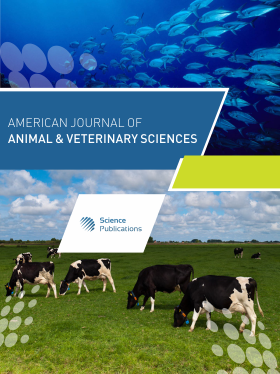Toxicological Consequences of Di-N-Butyl-Phthalate (DBP) on Health of Nile Tilapia Fingerlings
- 1 Zagazig University, Egypt
Abstract
Phthalic Acid Esters (PAEs) are mainly used in the plastics industry as adhesives and plasticizers. Di-n-Butyl Phthalate (DBP) is one of the important members in the family of PAEs was listed as environmental priority pollutants by the US Environmental Protection Agency. The objective of this study was to evaluate the toxicological consequences in Nile Tilapia Oreochromis niloticus L. fingerlings, exposed to 1/10 and 1/20 LC50 of DBP for 8 weeks, via determination of its effect on growth performance and mortality rate, behavioral changes, DNA damaging potential using comet assay (SCGE) in gills, oxidative stress biomarkers via serum reduced glutathione content (GSH), Superoxide Dismutase enzyme activity (SOD) and Malondialdehyde (MDA) concentration as a marker of lipid peroxidation, determine serum Alanine Aminotransferase (ALT), cortisol, creatinine, urea and IgM. Histological alterations occurred in liver, kidneys and gills. In this study 90 O. niloticus L. fingerlings were used. Mortality was investigated in DBP exposed fishes. There was significant decrease in final body weight, weight gain and body gain percentage, condition factor was decreased in fish which exposed to 1/10 and 1/20 LC50 DBP. Behavioral changes were observed. Significant increase in tail length, tail DNA % and TM in DBP exposed groups than the control ones except in 1/20 DBP exposed group the increase in tail length and tail moment was non-significant. Significant reduction in serum GSH content, significant increase in SOD, MDA, ALT, cortisol, creatinine and urea levels in groups of DBP exposed fish compared with control one. In the other hand there was a significant decrease in total serum IgM in DBP exposed groups. There were variable histo-pathological alterations in liver, kidney and gills depending on the dose and duration of DBP exposure. The results indicate that DBP induced oxidative stress and the fish seemed to activate compensatory antioxidant defense to cope with the imposed substance. Considering these results, it can be concluded that there is still a need for simultaneous assessment of toxicological consequences of different phthalate esters on multiple cellular target.
DOI: https://doi.org/10.3844/ajavsp.2014.269.276

- 4,467 Views
- 3,983 Downloads
- 12 Citations
Download
Keywords
- PAEs-Di-n-Butyl-Phthalate
- O. Niloticus L. Fingerlings
- Growth Performance
- Oxidative Stress
- Comet Assay
